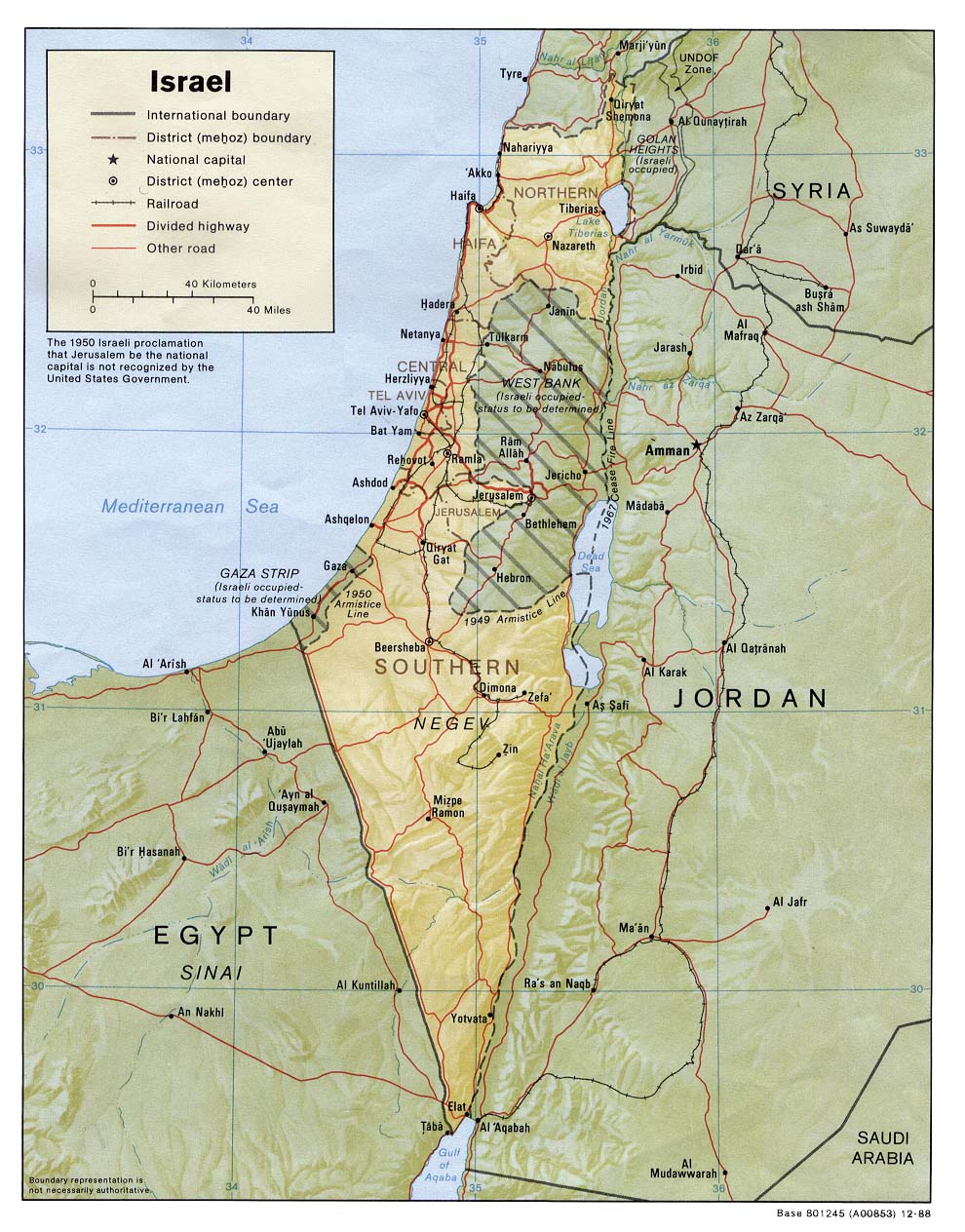Overview: Like a great race, the journey of the patriarch Jacob from Canaan to Haran and back is marked by three stones:
1. The first stone (28:18), like a starting line of a great race. This stone in our reading is covered with oil and stood up at Luz to mark the place where God gave to Jacob the dream of the stairway.
The scene begins with Jacob, hot off the desert sands, 50 miles into the 400 mile trail to find a wife and to flee the anger of Esau. Tired of running, and with little to show for himself, he places a stone headrest below him and falls asleep. His slumber is disturbed that night by an incredible, life changing event. GOD MEETS JACOB THERE. In his sleep, Jacob’s eyes are spiritually opened wider than ever before. He is able to see the traffic filled stairway extending from Heaven to earth. In that place he hears the unmistakable voice of the God of His Fathers. The promise given to him includes:
-
The land is yours, and you will have a seed that will inherit it.
-
Your seed will be as the dust of the earth, and though scattered, they will have an inheritance.
-
All the nations will be lifted by the presence of your scattered seed.
-
Wherever you go, I will be with you, and I will bring you back home!
Jacob awoke a different man. The God of His Father and Grandfather had become the God of Promise to HIM. Awestruck that God had met with him, he began his journey with a PERSONAL KNOWLEDGE OF GOD, not just the faraway stories of adventures of His forefathers of the past. He took the headrest stone, stood it on end, and anointed it with the oil of consecration. He promised God that if this were truly a revelation of Himself to Jacob, Jacob was committed to follow Him!
2. The second stone (29:10), like a lap marker of a great race, as a huge well cap that Jacob removed to gather the water for Laban’s flocks.
Returning to our story, Jacob arose from place of consecration and continued on His journey with a new sense of purpose. He was no longer just fleeing a past, he was pursuing a revealed future. Filled with anticipation and hope, but with little in his hands, Jacob came upon a well near to his uncle Laban’s home. Joy filled him anew when the young Rachel came to get water from the well. Jacob presented himself, and kissed her. He rolled the stone that kept the well closed and dark, protecting the water’s purety in darkness. This stone was also anointed, this time with the sweat of the man who was strong enough to give even an angel a workout in a wrestling match twenty years later!
This stone would represent the whole central portion of our narrative, because the whole section is anointed with the sweat and hardwork of Jacob. He worked seven years to gain his wife Rachel, only to be tricked into lying with Leah. Rachel would be then given for another seven years of work. All told, Jacob will spend 20 years with his uncle, and go thru no less than ten failed salary arrangements with this fickle boss.
As if the struggle with Laban wasn’t tough enough, Jacob will be further subjected to manipulation inside the tent of his own wives, who will bargain and manipulate for sex, just to compete for his affections in their children.
Leah’s eyes weren’t very good, but her womb was producive: she bore 1) Reuben: Look, a son! 2)Simeon: Hearing 3) Levi: attached 4)Judah: Praise! in a short succession.
Rachel would not be outdone: She gave Bilhah to Jacob to bear 5)Dan: justice 6)Naphtali: wrestling (alias, I beat my sister!)
Leah matched with Zilpah 7)Gad: fortune 8 ) Asher: happy
Rachel even swapped her spot in bed for mandrakes (an aphrodisiac), but Leah got the babies: 9)Issachar- reward! 10) Zebulun: dwelling
Rachel finally bore her own baby: 11) Joseph: may the Lord add. And later will die giving birth to the last of the sons: 12) Benoni (son of sorrow), changed by his Father to Benyamin (son of right hand).
Jacob’s house now full, and Laban- having son’s of his own and cancelling the adoption inheritance to Jacob, caused Jacob to want to move on. Laban saw the great blessing that was his because of Jacob, and negotiated a way to keep him there. The end of all the hard work was that Jacob grew to be a wealthy man, and Laban also prospered. The time came for them to part, and Jacob left in the night with all of his goods. Rachel, unfortunately, took also the teraphim of Laban- the guarantee of inheritance and blessing that once belonged to her husband, but was lost after her father had sons of his own.
3. The third and final stone (31:46), like a finish line of the race, brings us to the final scene of the Parashah (portion). It is no longer a single stone of a nomad with little but his strength and dreams, it is now the pile of stones of a successful and wealthy Patriarch of a family. It will not be anointed with oil, but with crumbs from the table of a meal covenant between Jacob and his father in law, Laban. It is a place of reconciliation that prepares Jacob for the great reconciliation with his brother, yet to come.
When Laban caught up to Jacob, Rachel, Leah, eleven sons and a caravan full of camels, flocks, herds and servants, he was angry, but controlled. God told him to watch his tongue. He searched for his inheritance pledge symbol, the teraphim, but Rachel was sitting on them, so he couldn’t find them. After a time, a settlement between them, filled with conditions and contracts that would please any lawyer, Laban and Jacob found themselves eating a meal covenant together, sitting atop a heap of stones.









